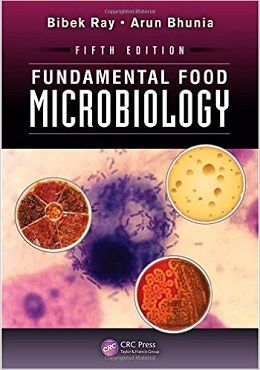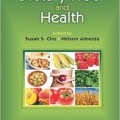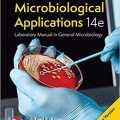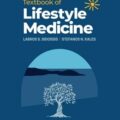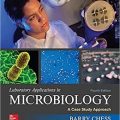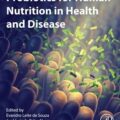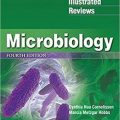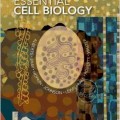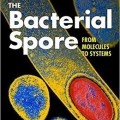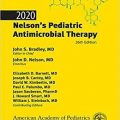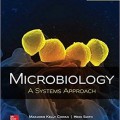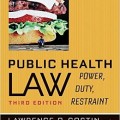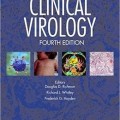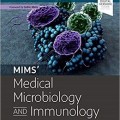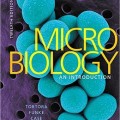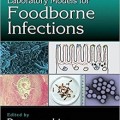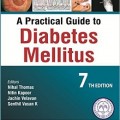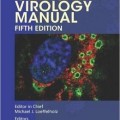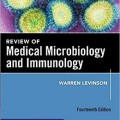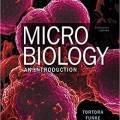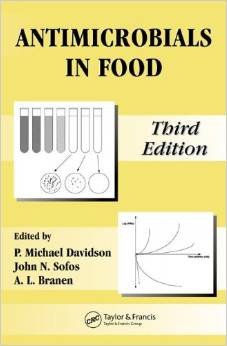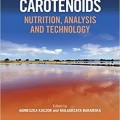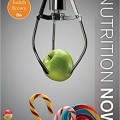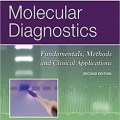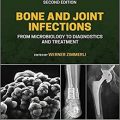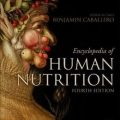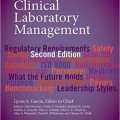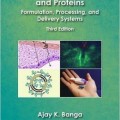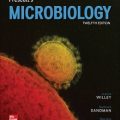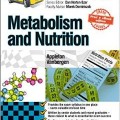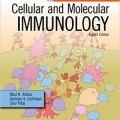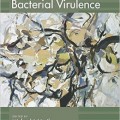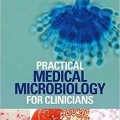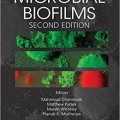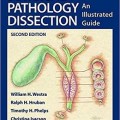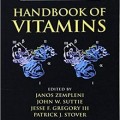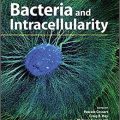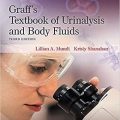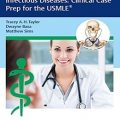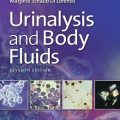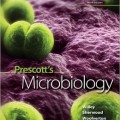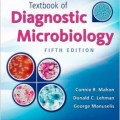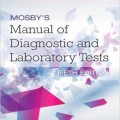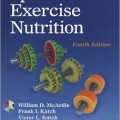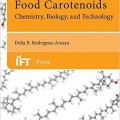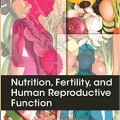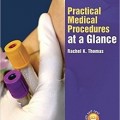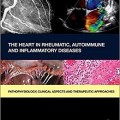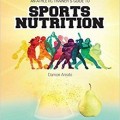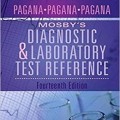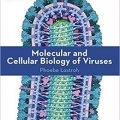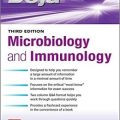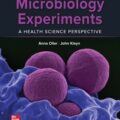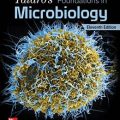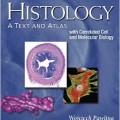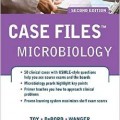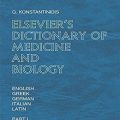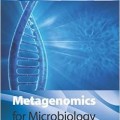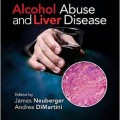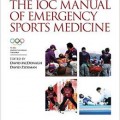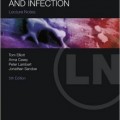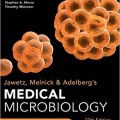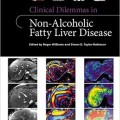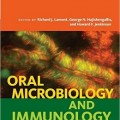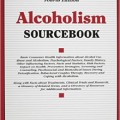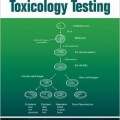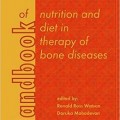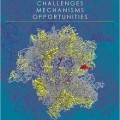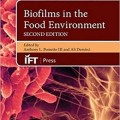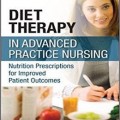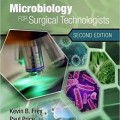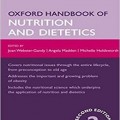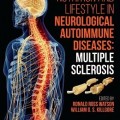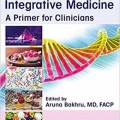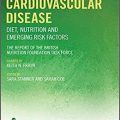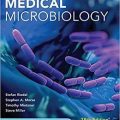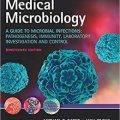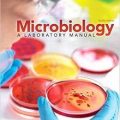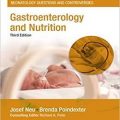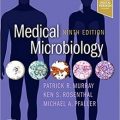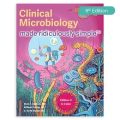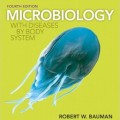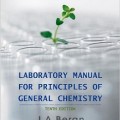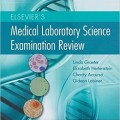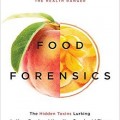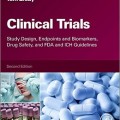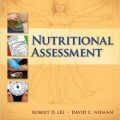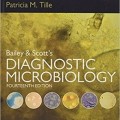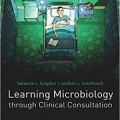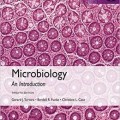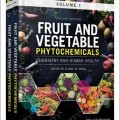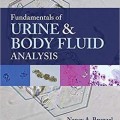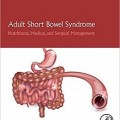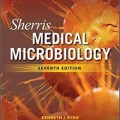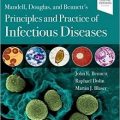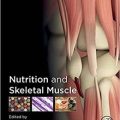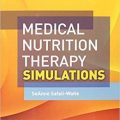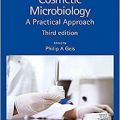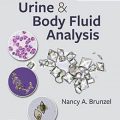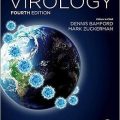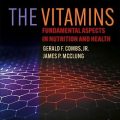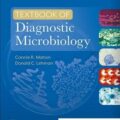دانلود کتاب میکروبیولوژی اساسی مواد غذایی
Fundamental Food Microbiology, 5ed
The golden era of food microbiology has begun. All three areas of food microbiology―beneficial, spoilage, and pathogenic microbiology―are expanding and progressing at an incredible pace. What was once a simple process of counting colonies has become a sophisticated process of sequencing complete genomes of starter cultures and use of biosensors to detect foodborne pathogens.
Capturing these developments, Fundamental Food Microbiology, Fifth Edition broadens coverage of foodborne diseases to include new and emerging pathogens as well as descriptions of the mechanism of pathogenesis. Written by experts with approximately fifty years of combined experience, the book provides an in-depth understanding of how to reduce microbial food spoilage, improve intervention technologies, and develop effective control methods for different types of foods.
See What’s New in the Fifth Edition:
- New chapter on microbial attachment and biofilm formation
- Bacterial quorum sensing during bacterial growth in food
- Novel application of bacteriophage in pathogen control and detection
- Substantial update on intestinal beneficial microbiota and probiotics to control pathogens, chronic diseases, and obesity
- Nanotechnology in food preservation
- Description of new pathogens such as Cronobacter sakazaki, E. coli O104:H4, Clostridium difficile, and Nipah Virus
- Comprehensive list of seafood-related toxins
- Updates on several new anti-microbial compounds such as polylysine, lactoferrin, lactoperoxidase, ovotransferrin, defensins, herbs, and spices
- Updates on modern processing technologies such as infrared heating and plasma technology
Maintaining the high standard set by the previous bestselling editions, based feedback from students and professors, the new edition includes many more easy-to-follow figures and illustrations. The chapters are presented in a logical sequence that connects the information and allow students to easily understand and retain the concepts presented. These features and more make this a comprehensive introductory text for undergraduates as well as a valuable reference for graduate level and working professionals in food microbiology or food safety.
Contents
Chapter 1: History and Development of Food Microbiology
Chapter 2: Characteristics of Predominant Microorganisms in Food
Chapter 3: Sources of Microorganisms in Foods
Chapter 4: Normal Microbiological Quality of Foods and Its Significance
Chapter 5: Microbial Growth Characteristics
Chapter 6: Factors Influencing Microbial Growth in Food
Chapter 7: Microbial Attachments and Biofilm Formation
Chapter 6: Microbial Metabolism of Food Components
Chapter 9: Microbial Sporulation and Germination
Chapter 10: Microbial Stress Response in the Food Environment
Chapter 11: Microorganisms Used in Food Fermentation
Chapter 12: Biochemistry of Some Beneficial Traits
Chapter 13: Genetics of Some Beneficial Traits
Chapter 14: Starter Cultures and Bacteriophages
Chapter 15: Microbiology of Fermented Food Production
Chapter 16: Intestinal Bacteria and Probiotics
Chapter 17: Food Biopreservatives of Microbial Origin, Bacteriocin, and Nanotechnology
Chapter 18: Food Ingredients and Enzymes of Microbial Origin
Chapter 19: Important Factors in Microbial Food Spoilage
Chapter 20: Spoilage of Specific Food Groups
Chapter 21: New Food Spoilage Bacteria in Refrigerated Foods
Chapter 22: Food Spoilage by Microbial Enzymes
Chapter 23: Indicators of Microbial Food Spoilage
Chapter 24: Important Facts in Foodborne Diseases
Chapter 25: Foodborne Intoxications
Chapter 26: Foodborne Bacterial Infections
Chapter 27: Foodborne Toxico-Infections
Chapter 28: Opportunistic Bacterial Pathogens, Molds and Mycotoxins, Viruses, Parasites,and Fish and Shellfish Toxins
Chapter 29: New and Emerging Foodborne Pathogens
Chapter 30: Indicators of Bacterial Pathogens
Chapter 31: Control of Access of Microorganisms: Cleaning, Sanitation, and Disinfection
Chapter 32: Control by Physical Removal
Chapter 33: Control by Heat [Thermal Processing)
Chapter 34: Control by Low Temperature
Chapter 35: Control by Reduced Water Activity and Drying
Chapter 36: Control by Low pH and Organic Acids
Chapter 37: Control by Modified Atmosphere [or Reducing O-R Potential)
Chapter 38: Control by Antimicrobial Preservatives and Bacteriophages
Chapter 39: Control by Irradiation
Chapter 40: Control by Novel Processing Technologies
Chapter 41: Control by a Combination of Methods [Hurdle Concept)
Chapter 42: Conventional, Immunological, Molecular, and Biosensor-Based Detection Methods
لینک کوتاه : https://bookbaz.ir/?p=43823
نویسنده : Bibek Ray , Arun Bhunia
ناشر : CRC Press; 5 edition
سال انتشار : 2014
زبان کتاب : انگلیسی
نوع فایل : PDF
تعداد صفحات : 626
(ISBN) شابک : 1466564431
قیمت کتاب درآمازون : $79.38
حجم فایل : 6 MB


